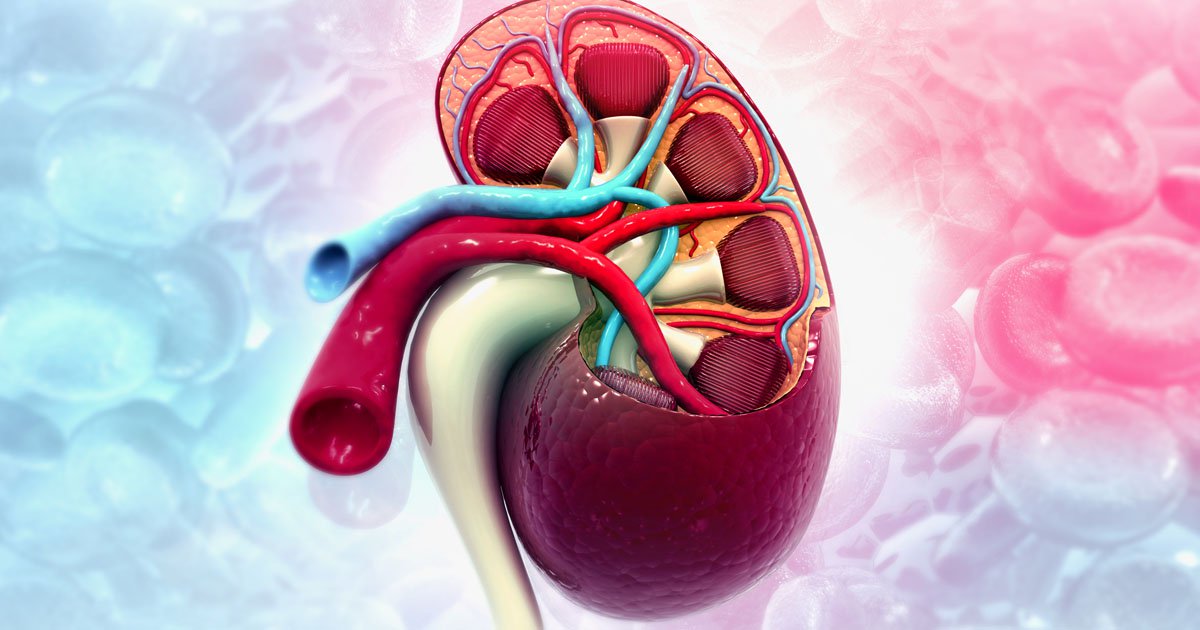What are renal biomarkers?
Renal biomarkers refer to proteins, enzymes or other molecules that are released into urine or blood when the kidneys are injured or damaged. These biomarkers signal specific changes occurring inside the kidneys at a cellular or molecular level. Some common renal biomarkers currently used in clinical practice include kidney injury molecule-1 (KIM-1), neutrophil gelatinase-associated lipocalin (NGAL), interleukin-18 (IL-18), liver-type fatty acid binding protein (L-FABP) and clusterin. Each biomarker is associated with a particular type of cellular stress, damage or disease process in the kidneys. By measuring elevated levels of specific renal biomarkers, physicians can now detect very early or subclinical kidney injury and differentiate between various kidney diseases.
Detecting early kidney damage
One of the major advantages of renal biomarkers is their ability to identify very mild or subclinical kidney damage much before decreases in eGFR or rises in creatinine occur. For example, KIM-1 and NGAL can detect acute kidney injury within hours of injury. This allows physicians to intervene promptly to prevent further deterioration of kidney function. Early detection is critical since the sooner treatment begins, the better is the kidney recovery. Renal biomarkers also aid in detecting underlying causes of acute kidney injury that may otherwise go unnoticed on routine tests like hypotension, toxins, medications or contrast medium induced injuries. Serial monitoring of biomarker levels helps assess response to treatment and track recovery from acute kidney injuries.
Diagnosing specific kidney diseases
Different Renal Biomarkers exhibit specificity towards certain kidney diseases and pathophysiological processes. For instance, elevated IL-18 and NGAL indicate tubular damage from ischemia or nephrotoxic injuries. High urinary L-FABP points to proximal tubule damage due to toxins. KIM-1 detects proximal tubule epithelial cell death and regeneration after acute injury. Clusterin is associated with glomerular diseases. Measuring profiles of multiple biomarkers together helps doctors accurately diagnose conditions like IgA nephropathy, lupus nephritis, acute and chronic tubulointerstitial nephritis based on the underlying pathological mechanisms. This facilitates timely initiation of disease-specific treatments rather than generic management of chronic kidney disease signs.
Monitoring treatment response
Besides aiding diagnosis, monitoring changing levels of renal biomarkers in response to therapy is emerging as an important tool. It allows physicians to assess how well a particular treatment regimen is working in an individual patient. For example, decreasing urinary KIM-1 levels after initiation of immunosuppressive drugs indicate recovery from acute rejection episodes in kidney transplant recipients. Falling NGAL levels signify reduction in ongoing kidney tubular damage in glomerulonephritis with treatment. Renal biomarkers may eventually replace invasive procedures like repeat kidney biopsies for monitoring treatment efficacy in various kidney diseases.
Challenges and future applications
While renal biomarkers hold immense promise, there are a few challenges currently limiting their widespread clinical use. Standardization of assays across laboratories, defining optimal cut-off values, and understanding effects of non-renal factors on biomarker levels require more research. Identification of new renal biomarkers through advanced omics technologies may detect even milder injuries and specific disease subgroups in future. Along with early detection, renal biomarkers can be harnessed for developing novel therapies by identifying molecular pathways of kidney injury. Ultimately, combination of multiple renal biomarkers promises more accurate diagnosis and monitoring of kidney diseases leading to better patient outcomes. With ongoing research, they may transform the management of kidney disorders.
*Note:
1. Source: Coherent Market Insights, Public sources, Desk research
2. We have leveraged AI tools to mine information and compile it


